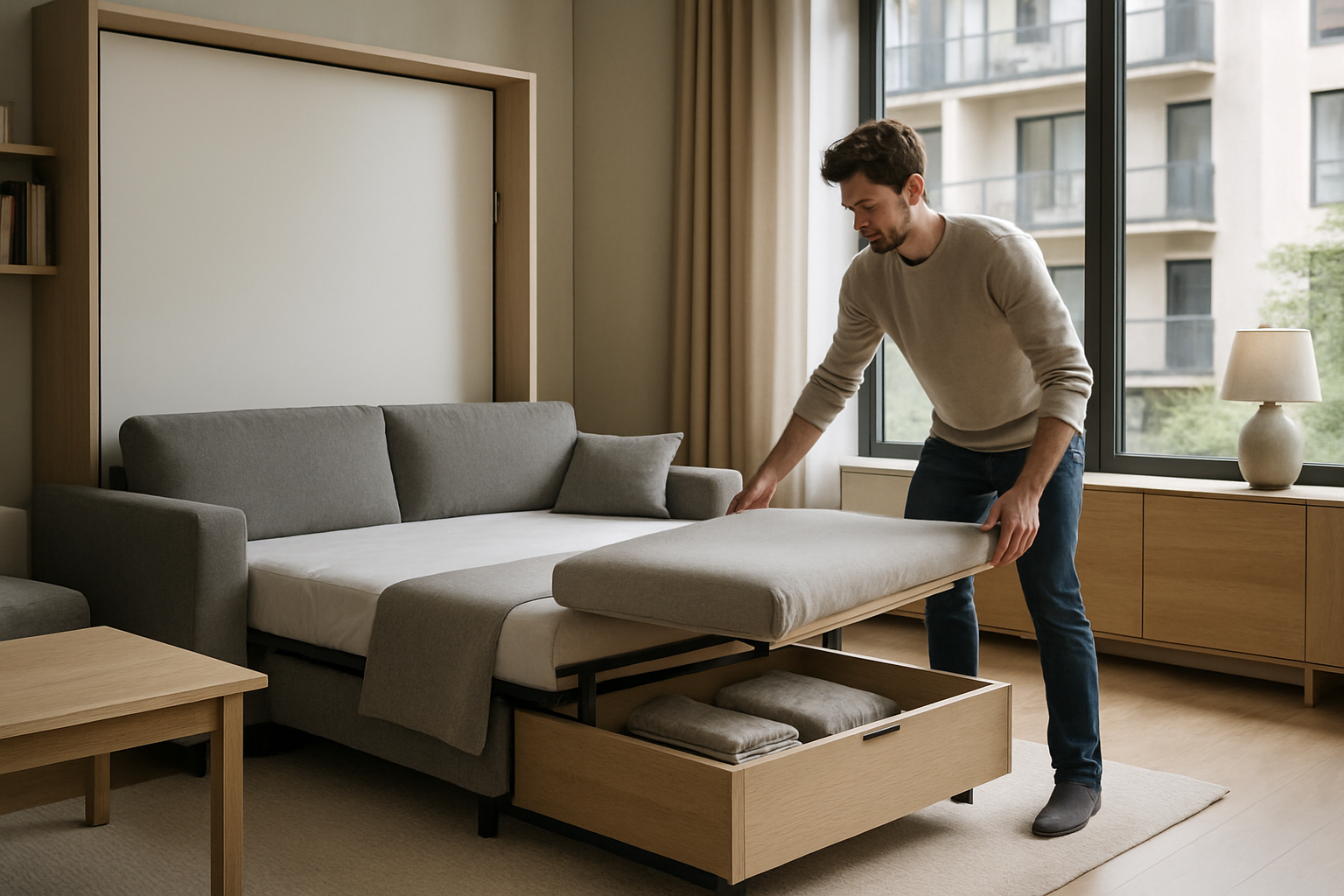Smart Storage Organizer Ideas for Small Home Spaces
A thoughtful storage organizer strategy transforms clutter into calm while making the most of limited square footage. Whether you live in a studio, a compact apartment, or a family home with overflowing closets, a smart combination of storage solutions, multipurpose furniture, and good organization habits can free up visual space and improve daily routines. This article outlines practical, tested approaches that prioritize accessibility, aesthetics, and longevity so your home feels larger and more functional without a major renovation.

What storage solutions work best?
Effective storage solutions balance accessibility with concealment. Open shelving is great for frequently used items and decorative displays, while clear bins and labeled boxes keep small things visible and sorted. Use vertical storage—tall cabinets, wall-mounted racks, and pegboards—to capitalize on unused height. Modular systems let you reconfigure as needs change; look for units with adjustable shelves or stackable components. Finally, consider seasonal rotation: store off-season items in labeled containers under beds or in higher shelves to reduce everyday clutter.
How can you maximize a small space efficiently?
In a small space, every inch counts. Start by decluttering: keep only items you use or love, and donate or recycle the rest. Use corners and narrow gaps with corner shelves, slim rolling carts, or tall, narrow cabinets. Door-mounted organizers are ideal for shoes, cleaning supplies, or pantry items. Under-furniture storage—bed drawers, ottomans with lids, or slim trays beneath sofas—captures rarely accessed items. Keep pathways clear and use consistent color schemes or matching containers to reduce visual clutter and make rooms feel larger.
How do you create lasting organization?
Sustainable organization relies on systems that fit your habits. Group similar items together and designate a clear landing zone for daily essentials (keys, bags, mail). Labeling promotes consistency and speeds retrieval—labels can be as simple as masked tape and a marker or as polished as printable tags. Schedule quick weekly tidies: 10–15 minutes to return stray items to their homes prevents buildup. Periodically reassess storage solutions; what worked last year may need refinement as family routines change.
Which furniture doubles as storage?
Furniture that serves two purposes is a cornerstone of savvy small-space planning. Storage beds, benches with hidden compartments, and coffee tables with internal shelving offer substantial capacity without extra footprints. Look for sofas with removable cushions or sectional pieces that include integrated storage. In dining areas, benches with built-in bins or sideboards combine seating and concealed storage. Choose pieces with clean lines and neutral finishes to maintain a sense of openness while adding practical capacity.
How can these ideas be adapted throughout your home?
Tailor storage organizer strategies to each room’s function. In kitchens, use drawer dividers, vertical pan racks, and magnetic knife strips to free counter space. Bathrooms benefit from over-toilet shelving, tiered caddies, and labeled baskets for toiletries. Entryways need compact racks or hooks, a shoe tray, and a small console with drawers. For home offices, prioritize vertical filing, monitor stands with shelves, and cable management. Even in living rooms, purposeful placement of baskets and trays keeps remotes, chargers, and toys contained and accessible.
Conclusion
A successful storage organizer plan combines the right storage solutions with conscious editing, multipurpose furniture, and predictable systems that match daily life. By thinking vertically, using concealed space, and adopting simple habits like labeling and weekly tidies, you can make even the smallest home feel orderly and spacious. Over time, these incremental improvements add up to a more functional, comfortable living environment that supports routines and reduces friction.






